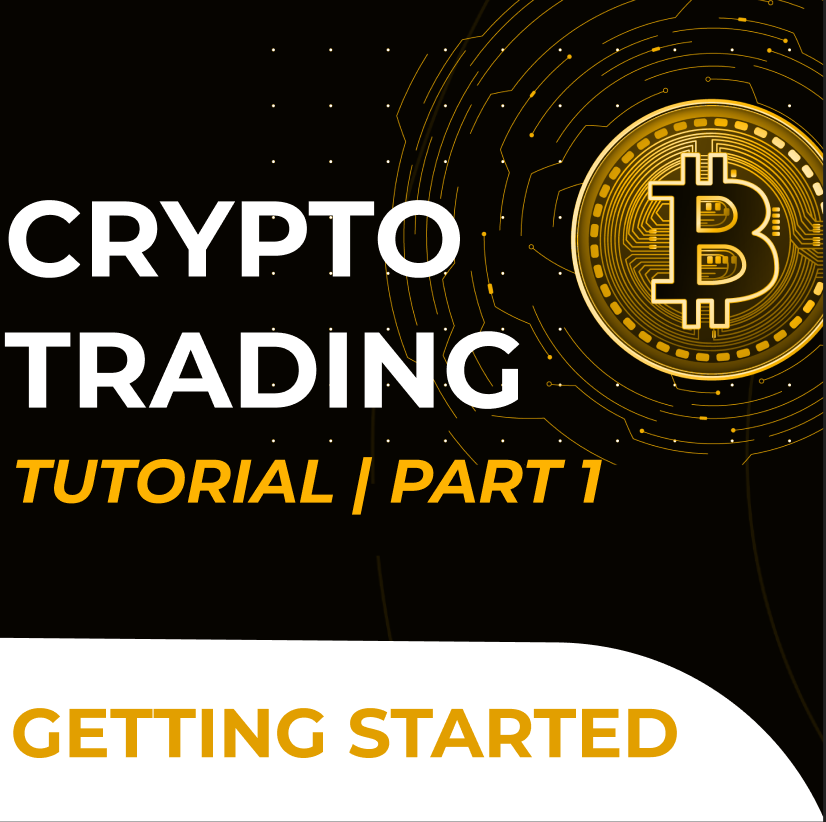As part of James’s commitment to helping cryptocurrency achieve greater and greater mass adoption, we will be starting a series of articles also positioned for beginners who are just entering the world of cryptocurrency trading.
If you have seen James’ daily Youtube videos, you may have seen him using the Bybit trading platform to highlight his trades and other up-to-date information about the cryptocurrency market (and if you haven't, you can subscribe here!)
So, how to get involved in cryptocurrency trading? What do you need?
Do your own research!
The first thing you should do is read about cryptocurrency in general, or as is known in the cryptocurrency community, Do Your Own Research! Take a bit of time each day to watch James’ videos, subscribe to a few crypto specialist news channels and really get a feel for the market.
Once you have a good feel for the market yourself, you can look at some deeper masterclasses such as those offered by James, in order to further grow your knowledge.
Secondly, you need to choose a good exchange to begin with. James currently mostly uses Bybit due to its simple, yet reliable interface and clarity of messaging.
What is an exchange?
Simply put, a cryptocurrency exchange is a digital marketplace where you can buy and trade cryptocurrency. On an exchange, you should be able to purchase some cryptocurrency with fiat money, then choose to swap between cryptocurrencies depending on your preference.
Some exchanges allow you to also perform more advanced trading functions such as spot trading or derivatives trading. If you are already familiar with similar functions in the classic stock market, then you will quickly pick up the basics of cryptocurrency trading, as the underlying concept is very similar.
At the moment, James is recommending either Bybit or Phemex, as they both have the flexibility to accommodate both new-to-crypto users, as well as experienced traders.
Create an Exchange Account
Exchanges such as Bybit make creating an account relatively simple, and you can sign up using either your email address or direct through your smartphone.
Furthermore, if you sign up to Bybit using the link here , you can enjoy $9,600 worth of bonuses that James has organized for his traders with Bybit.
Perform KYC
KYC means “Know Your Customer.” KYC guidelines for financial services require that professionals make an effort to verify the identity, suitability and risks involved, in order to minimize the risk to the respective account.
All exchanges now require some degree of KYC in order to complete any transactions, and generally they exist to deal with issues of money laundering and potential criminal transactions.
On Bybit, you will need to complete KYC if you want to withdraw more than 2 BTC per day.
You will need to have a form of personal identification, usually a passport or in some jurisdictions a driver license, and also perform a live facial recognition test. For some more advanced levels of KYC, you may also need to provide your residential address details.
Bybit normally processes its KYC requests within 15 minutes, so it's a fast process.
Once you have completed your KYC, you are then ready to start trading!
In our next article, James will deal with the basics of trading, the different types of trading, and some simple, yet essential best practices to follow.
Good luck Gurus!
Signup to Bybit button with affiliate link for a $4,800 exclusive bonus.
Disclaimer: Trading in financial markets carries a high level of risk and is not suitable for all investors. The information provided in this article is for educational and informational purposes only and should not be construed as financial advice. It is important to do your own research and seek the advice of a qualified financial professional before making any investment decisions. The author and publisher of this article do not guarantee the accuracy, completeness, or reliability of any information provided and will not be held responsible for any losses, damages, or expenses arising from the use of this information. The reader assumes all responsibility and risk for their trading activities.
